EDIT: Not sure why the majority of the images I tried attaching didn't work upon initial posting, will see if I can fix...
Setting
A Super Robot Wars style crossover! And also post apocalyptic science fantasy! What if, hear me out, instead of a post apocalyptic science fantasy world of warriors and wizards, instead it was mecha and kaiju? The evil wizard overlords have "Super Robots" like Mazinger Z or Gurren Lagann, and our scrappy OSR-esque underdogs have "Real Robots" like Ichinana or mass-produced Gundam GMs. But over time, they may scavenge or steal Super Gear and Mods to empower them further.
I couldn't think of a good "Real Robot" alternative to Getter Robo but I'm including this pic anyway.
System
The system is a stripped down version of Into the Odd or Maximum Recursion Depth, with the Mecha Concept Crafting mechanics from MRD Vol. 2. I've mostly moved away from Get into the Machine, Shinji!, it was a decent proof of concept but now I use basically just MRD + Mecha Concept Crafting.
Into the Odd Compatibility
Each Ability Score is its own HP Pool. Additional HP is just a buffer if you take additional damage after depleting an Ability. Ability Score damage does not affect Saves.
Karmic Attachments listed for each PC are character goals. You can treat like a Milestone XP thing, or just a suggestion.
Maximum Recursion Depth Compatibility
Karma is not demonstrably real in this micro-setting, so Karma and Karmic Attachments actually are just an abstraction (unlike MRD). You can replace Karma and Karmic Attachments with something like Gilgulim and Nazarite Vows from MRD Vol. 2, or with an HP buffer and Milestone XP like explained above for Into the Odd Compatibility.
Brief Recapitulation of Mechanics
- Just Ability Scores, HP, etc. for Pilots.
- Each Character is assumed to be able to deal d6 Damage of any Ability Score in or out of Mecha as contextually appropriate, unlike MRD where it varies by Item, Feature, or Nazarite Contract in MRD Vol. 2.
- Saves are roll-under Ability Score or MRD style: roll-under Ability Score and roll-under Karma for degrees of success/failure.
- Each Mecha has a Core and three Gear, each consisting of two words (WORD1+WORD2).
- Swappable Mods can be added to a Gear ((WORD1+WORD2)+WORD3) and expand the scope of what they can do.
- Use of Gear is freeform; maybe it deals d6, maybe it requires a Save, maybe it just does whatever it does based on GM rulings.
- When Gear are disabled, they lose a Word. Mods are destroyed permanently, but regular Gear compounds can be repaired outside of Conflict. Again, how they are disabled is freeform.
- Enemies can be defeated either by depleting HP (most enemies just have a single pool, PCs have separate pools for each Ability Score), or by destroying Mecha Gear and disabling the Mecha, if in Mecha Conflict.
Koji Kabuto in Z Armor.
Pre-Gen PCs
If you want to make more PCs, just generate an Into the Odd character, reflavor or tweak it as you see fit, and make a Mecha with Mecha Concept Crafting.
Pilot
Shiro Kabuto
Even after his brother's death, and well past the end of the world, Shiro still lives Koji's shadow, the hero pilot of Mazinger Z.
Karmic Attachment / Milestone Goal
Shiro wants to find a Super Robot of his own and become an even more famous hero than his brother. Sometimes he's more concerned with being recognized as a hero than actually being a hero...
Ability Scores (ITO/MRD)
STR: 11, DEX: 14, WIL: 11
NAT: 12, WIS: 10, PRO: 13
Unique Skills
Super Science: Trained under his Grandfather and "The Three Scientists", Shiro has exceptional science and mecha engineering skills.
Starting Equipment
Z Armor: +1 STR/NAT armor. Helmet allows for limited remote controlling of Ichinana Blanc.
Photon Gun: Typical lasergun.
Mecha
CORE: Ichinana Blanc (BLEACH+AMBITION)
An all-white mecha with a red visor. The Ichinana were mass-produced units designed off of Mazinger Z.
GEAR 1: Assault Rifle (ASSAULT+RIFLE)
A mecha-sized assault rifle useful for general purposes.
GEAR 2: Breast Fire (BREAST+FIRE)
Chest-mounted plasma blaster. Extra-powerful but requires charge-up time leaving Ichinana Blanc vulnerable, and uses a lot of energy.
GEAR 3: Mazinger Blade (SUPER+SWORD)
Magic sword made of Super Alloy Z, originally wielded by the Super Robot Mazinger Z. Unwieldy for Ichinana Blanc, but capable of cutting through that which would be otherwise insurmountable.
Starting Mods: HURRICANE, WING
Pilot
Rei Ayanami
This Rei clone was activated when the world ended in order to enact Human Instrumentality. She knows she is a clone, and knows her instructions, but otherwise knows very little else.
Karmic Attachment / Milestone Goal
Rei was created with a specific purpose, to protect the developing Evangelion within her Mecha, and enact Human Instrumentality. But, as far as she knows, SEELE is no more, the world as it once was is no more, and despite these obligations thrust upon her, she seeks to find her own purpose.
Ability Scores (ITO/MRD)
STR: 8, DEX: 10, WIL: 14
NAT: 9, WIS: 15, PRO: 10
Evangelion didn't really have special items besides the plug suit and this Rei's Mecha isn't a typical Eva, so I had to get creative...
Unique Skills
AT Field: Rei can produce a psychic field protecting herself against physical and mental attacks once per Conflict.
Starting Equipment
Plug Suit: Although not piloting an Evangelion, the Plug Suit still gives Rei enhanced environmental protection and the ability to breathe the LCL fluid in the incubation chamber of Jet Alone Duo.
Lancer: A communication device with an orbital weapons satellite. Rei can summon a bunker-busting "Lance of Longinus" once per scenario (however you're defining it in your game). Risks alerting whoever remains of SEELE any time it's used.
Mecha
CORE: Jet Alone Duo (JET+ALONE)
A Jet Alone mecha with a swollen belly. It carries an incubation chamber for gestating an Evangelion.
GEAR 1: Giant Hammer (GIANT+HAMMER)
A giant hammer, good for close range impact.
GEAR 2: Wrist Ring (ELECTRIC+RING)
Wrist-mounted ring capable of electric discharge. Not especially powerful and minimal range, but good for area of effect.
GEAR 3: AT Field (ABSOLUTE+TERROR)
The incubating Evangelion coupled with Rei can produce a psychic field providing momentary protection.
Starting Mods: SHIELD, POSITRON
The one on the left, except if it looked pregnant. Jet Alone didn't do much in the anime so some of its Gear are inspired by Jet Alone Kai, but I prefer the simple design of the original Jet Alone.
Pilot
Quattro Bajeena
An infamous mobile suit pilot during the Universal Century wars, thought dead, now lives under a (not-so-)new alias as a restless and guilt-ridden wanderer.
Karmic Attachment / Milestone Goal
Quattro once held great ambitions for the Space Colonies and the course of humanity, and he nearly changed the world. Living in the wreckage of the world at least in part of his own doing, Quattro seeks atonement, but he isn't quite sure yet what that means.
Ability Scores (ITO/MRD)
STR: 14, DEX: 11, WIL: 11
NAT: 15, WIS: 11, PRO: 11
Like this but Old Man Logan aged.
Unique Skills
Newtype: Quattro is a low-level Newtype, someone with exceptional human abilities and psychically enhanced mobile suit piloting skills.
Starting Equipment
Rapier: Quattro is an exceptional fencer and swordsman.
Psycho-Frame: A handheld, T-shaped device allowing him to pilot mobile suits as though they were an extension of his body. With the psycho-frame enhancing his natural Newtype abilities, he can empathically "read" other pilots.
Mecha
CORE: Hyakku Shiki Retrograde (GOLD+RETRO)
A once cutting edge golden mobile suit, rusted and well past its prime.
GEAR 1: IDE System (IMAGE+ENCODE). Image Directive Encode System. High-resolution real-time data streamed from Hyakku Shiki's visor. Only a Newtype like Quattro could process it effectively.
GEAR 2: Beam Saber (BEAM+SABER). Lightweight melee solution, requires a lot of energy.
GEAR 3: Clay Bazooka (CLAY+BAZOOKA). Slow but effective long-range explosive.
Starting Mods: VULCAN, MEGA
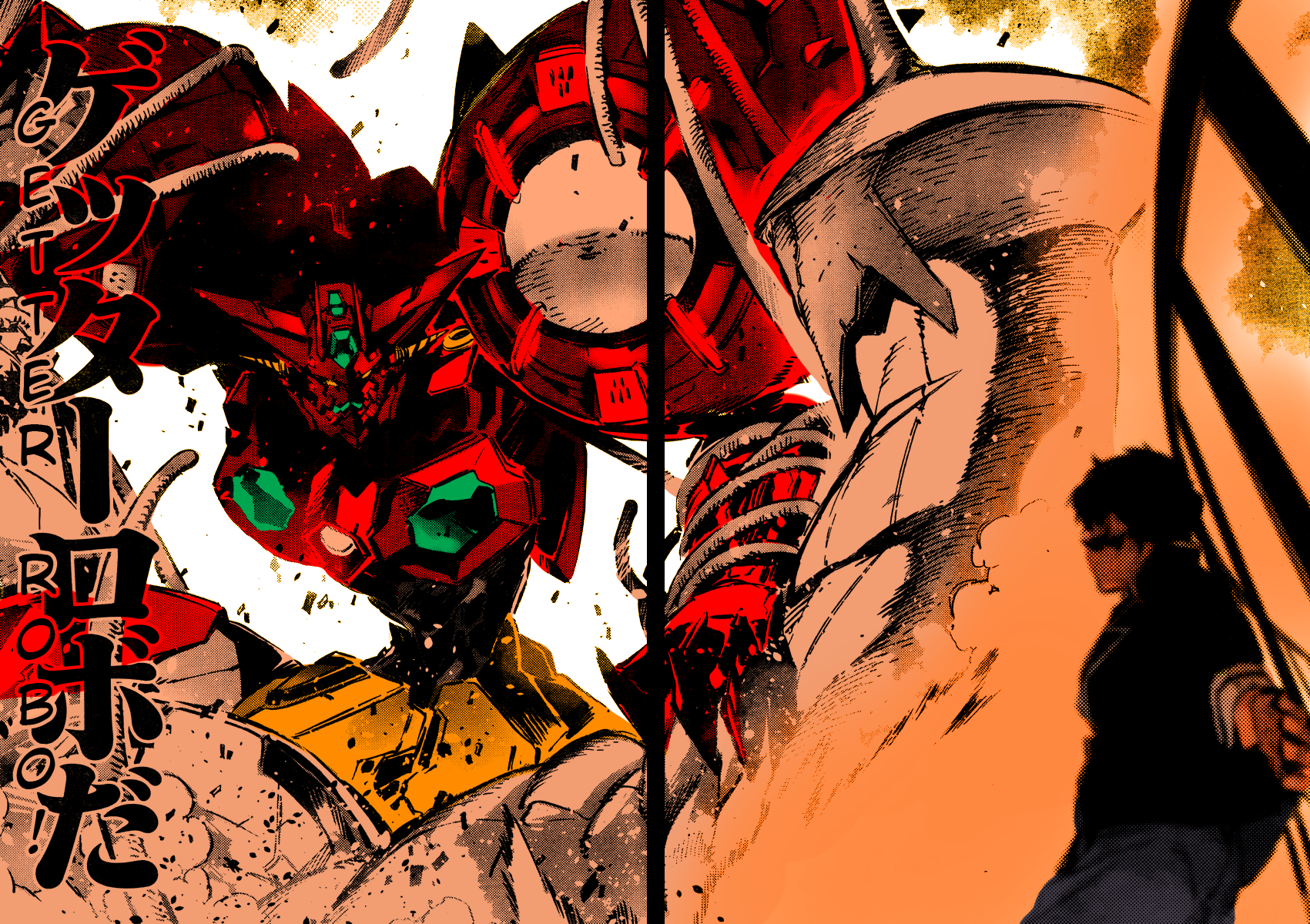

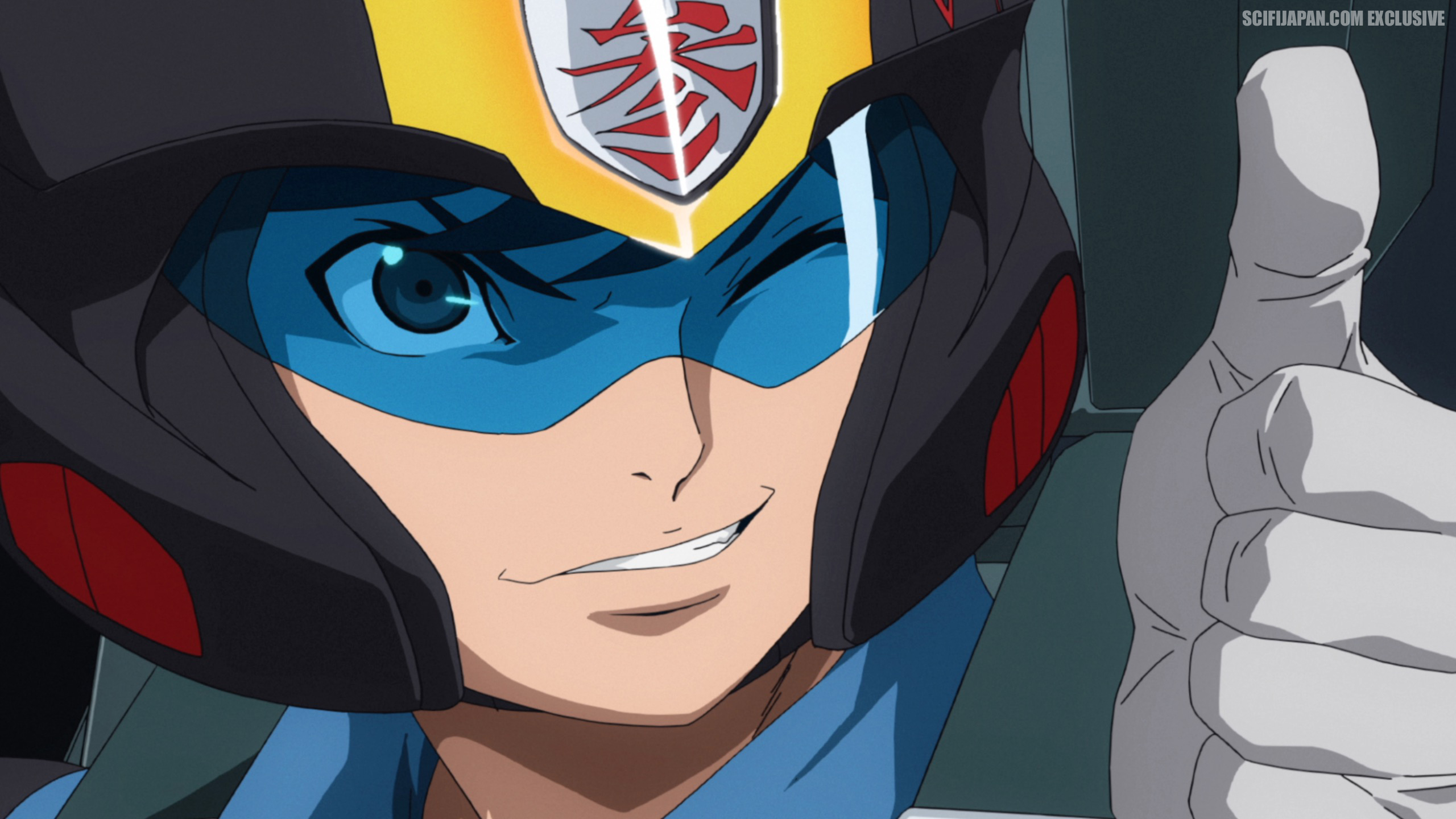



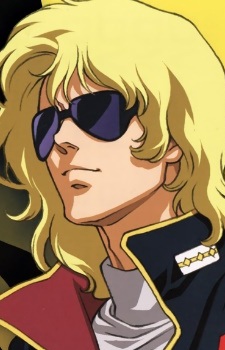
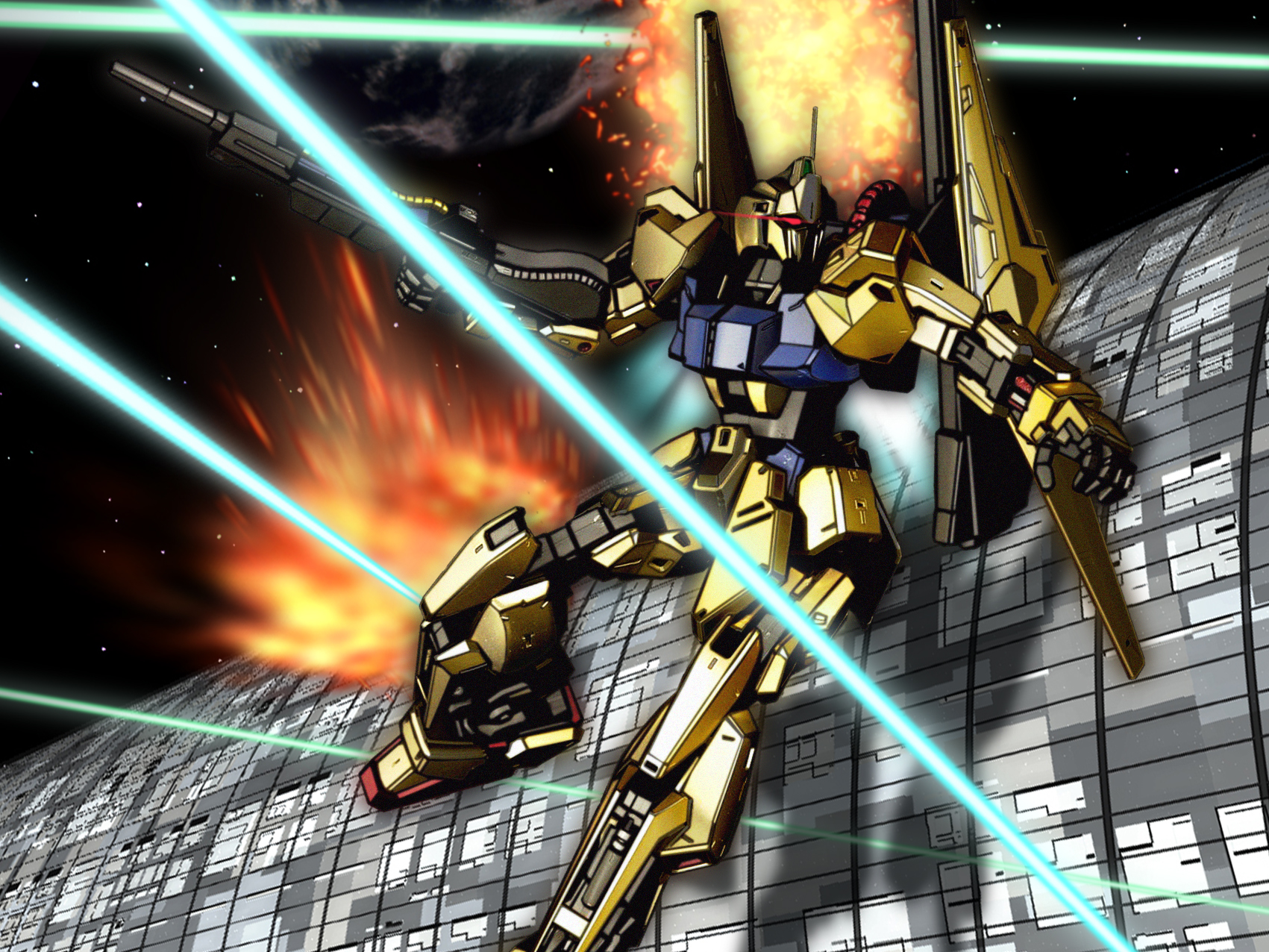

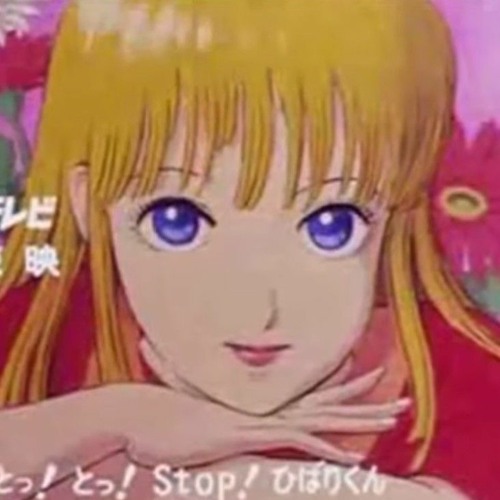










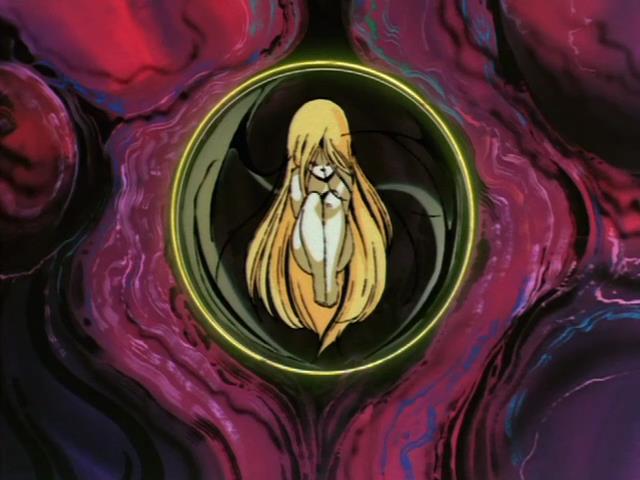
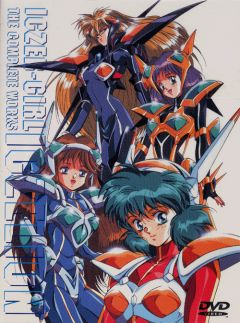

/cdn.vox-cdn.com/uploads/chorus_image/image/63642955/Screen_Shot_2019_04_19_at_1.45.11_PM.0.png)




